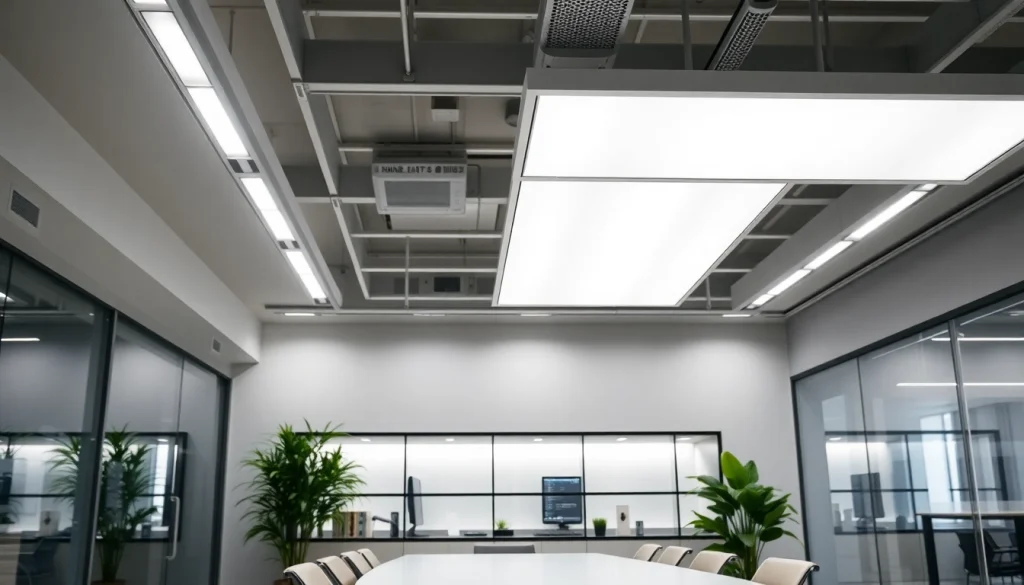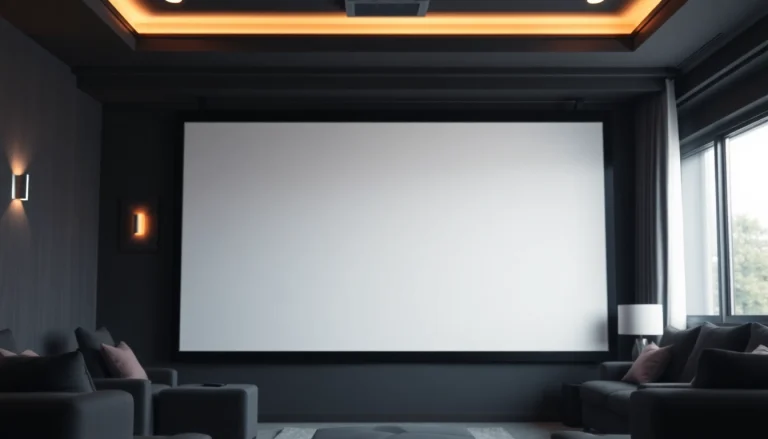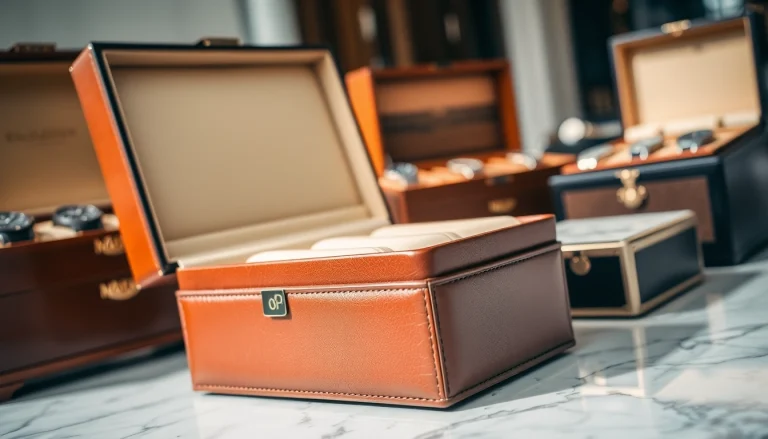
Understanding LED Linear Light
What is LED Linear Light?
LED Linear Light refers to a type of lighting solution characterized by its elongated form, typically in the shape of a linear strip or fixture. Utilizing Light Emitting Diodes (LEDs) as the primary source of illumination, LED Linear Lights are designed to provide a uniform and consistent light output. They are commonly used in both residential and commercial settings, offering flexibility in installation and design. With advancements in technology, these lights can now be found in various lengths, color temperatures, and functionalities, making them suitable for diverse applications.
Benefits of LED Linear Light
LED Linear Lights present several benefits that set them apart from traditional lighting solutions:
- Energy Efficiency: LED technology consumes significantly less energy compared to incandescent or fluorescent lighting, leading to reduced electricity bills.
- Long Lifespan: A typical LED Linear Light has a lifespan of around 25,000 to 50,000 hours, reducing the need for frequent replacements.
- Low Heat Emission: LEDs emit very little heat, minimizing energy loss and increasing safety, especially in enclosed spaces.
- Versatility: These lights can be installed in a variety of settings, from kitchens and hallways to offices and retail spaces. The aesthetic options are also vast, as they can blend seamlessly with modern designs.
- Sustainability: They are more environmentally friendly due to their energy efficiency and the absence of toxic elements like mercury found in some other lighting types.
Applications of LED Linear Light
LED Linear Lights are incredibly versatile, finding usage in numerous applications:
- Residential Spaces: Commonly used in kitchens, living rooms, and bathrooms for accent and ambient lighting.
- Commercial Use: Ideal for offices, corporate environments, and retail establishments for improved visibility and aesthetics.
- Architectural Lighting: Often integrated into building designs to highlight features or create visual interest.
- Industrial Settings: Used in warehouses and factories for high bay lighting where bright, consistent illumination is vital.
Choosing the Right LED Linear Light
Factors to Consider
When selecting LED Linear Lights, several factors come into play:
- Length and Size: Measure the area where the lighting will be installed to ensure the length of the fixture fits appropriately.
- Color Temperature: Choose between warm (2700K-3000K), neutral (4000K), or cool (5000K-6500K) white light depending on the ambiance desired.
- Lumens Output: Consider the brightness needed for the space; higher lumens equate to brighter light.
- Installation Type: Determine if the lights will be surface-mounted, recessed, or suspended, as this affects the design and functionality.
- Control Options: Many LED Linear Lights offer dimming capabilities or smart technology for enhanced control over lighting.
Common Misconceptions about LED Linear Light
Despite their popularity, several myths surround LED Linear Lights:
- Myth: LEDs are too bright.
- Fact: The brightness can be adjusted based on lumens and dimming options.
- Myth: LEDs are expensive.
- Fact: While the initial cost may be higher, the energy savings and longevity significantly reduce total expenditure.
Comparative Analysis with Other Lighting Options
When examining LED Linear Lights against other lighting types, several distinctions emerge:
| Feature | LED Linear Light | Fluorescent Light | Incandescent Light |
|---|---|---|---|
| Energy Consumption | Low | Moderate | High |
| Lifespan | 25,000-50,000 hrs | 7,000-15,000 hrs | 1,000 hrs |
| Heat Emission | Low | Moderate | High |
| Environmental Impact | Low | Moderate | High |
Designing with LED Linear Light
Incorporating LED Linear Light in Home Design
In residential settings, the integration of LED Linear Lights can enhance both functionality and aesthetic appeal:
- Kitchens: Utilize under-cabinet linear lights for enhanced visibility when cooking.
- Living Rooms: Use linear lighting as a decorative element, highlighting artwork or architectural features.
- Bathrooms: Install above mirrors or in showers for improved illumination.
Commercial Space Design Strategies with LED Linear Light
Commercial designers utilize LED Linear Lights to create dynamic environments:
- Office Spaces: Employ linear lights to produce an engaging workspace while ensuring adequate illumination for productivity.
- Retail Stores: Use adjustable lighting to highlight products and create inviting displays.
- Hospitality Venues: Incorporate mood lighting in dining areas or lounges to cultivate a specific ambiance.
Creative Ideas for LED Linear Light Layouts
Creative applications of LED Linear Light can transform ordinary spaces into extraordinary ones:
- Layered Lighting: Combine linear lights with other types to achieve depth and variation.
- Dynamic Effects: Use color-changing LED strips in entertainment areas for mood customization.
- Architectural Integration: Design lighting to follow the contours of the building, enhancing its visual appeal.
Installation and Maintenance of LED Linear Light
Step-by-Step Installation Guide
Installing LED Linear Lights can be a straightforward process. Here’s a simplified guide:
- Gather necessary tools: measuring tape, power drill, screws, mounting brackets, connectors, and wiring tools.
- Measure the area to determine the placement of the lights.
- Mark the positions for mounting brackets on the wall or ceiling.
- Securely attach the brackets to the marked areas.
- Connect the LED lights according to the wiring guide, ensuring power is off during installation.
- Test the lighting prior to finalizing the installation.
Regular Maintenance Tips for Longevity
To maintain optimal performance, consider the following maintenance tips:
- Regular Cleaning: Dust the fixtures periodically to prevent dullness in lighting output.
- Check Connections: Regularly inspect wiring for any signs of wear or disconnection.
- Monitor Performance: If any lights flicker or have reduced brightness, troubleshoot promptly to prevent further issues.
Common Issues and Troubleshooting
Even with high-quality fixtures, problems may arise from time to time. Here are common issues and their solutions:
- Flickering Lights: Check connections and ensure the dimmer switch is compatible with LED technology.
- No Light Output: Ensure the power supply is functioning and that all connections are secure.
- Uneven Lighting: Adjust the installation angle or check for obstructions that may be affecting light distribution.
The Future of LED Linear Light
Innovations in LED Linear Light Technology
As technology advances, so does the evolution of LED Linear Lights. Emerging innovations include:
- Smart Technology: Integration with home automation systems allow users to control lighting via smartphones or smart assistants.
- Dynamic Lighting: Development of lights that adjust automatically based on occupancy or ambient lighting conditions.
- Improved Energy Management: Next-generation LEDs focus on providing even greater efficiency and performance metrics.
Trends Impacting LED Lighting Design
Several trends are currently shaping the landscape of LED Linear Light design:
- Biophilic Design: Incorporating natural elements and lighting into designs to promote well-being.
- Sustainability: Increased demand for energy-efficient and eco-friendly lighting solutions.
- Customization: More consumers are seeking personalized lighting solutions tailored to specific needs or aesthetic preferences.
Environmental Impact of LED Linear Light
Utilizing LED Linear Light is beneficial for the environment in various ways:
- Reduced Carbon Footprint: Their energy efficiency translates into lower greenhouse gas emissions.
- Less Waste: The long lifespan of LEDs means fewer discarded products, minimizing landfill contributions.
- Recyclability: Many components of LED systems can be recycled, promoting sustainability in the lighting industry.





